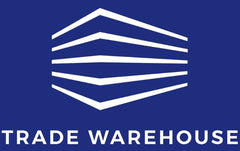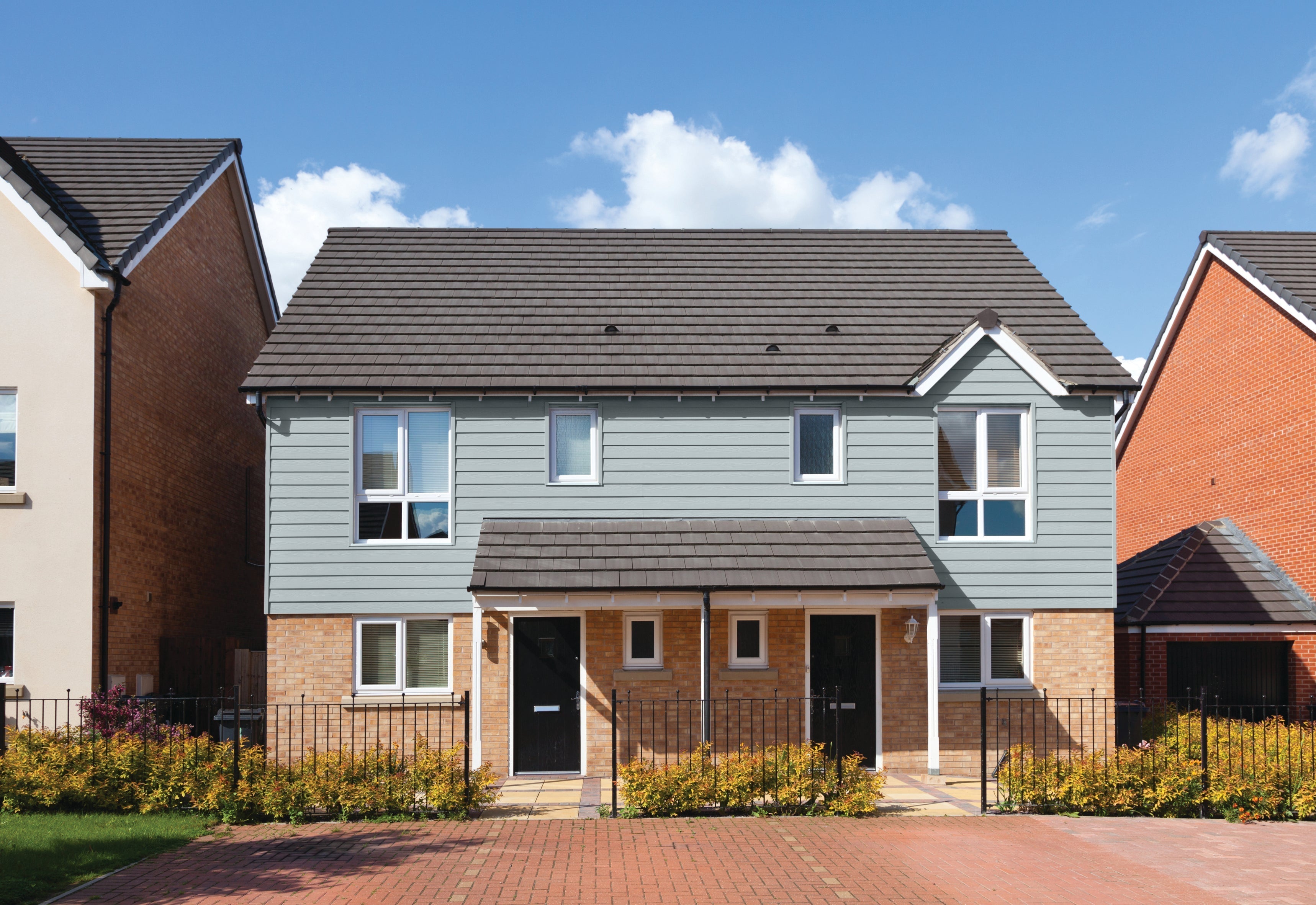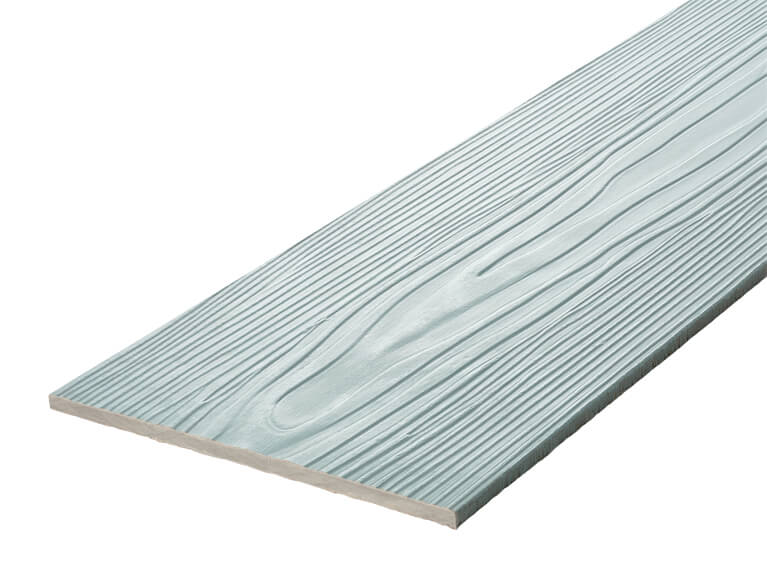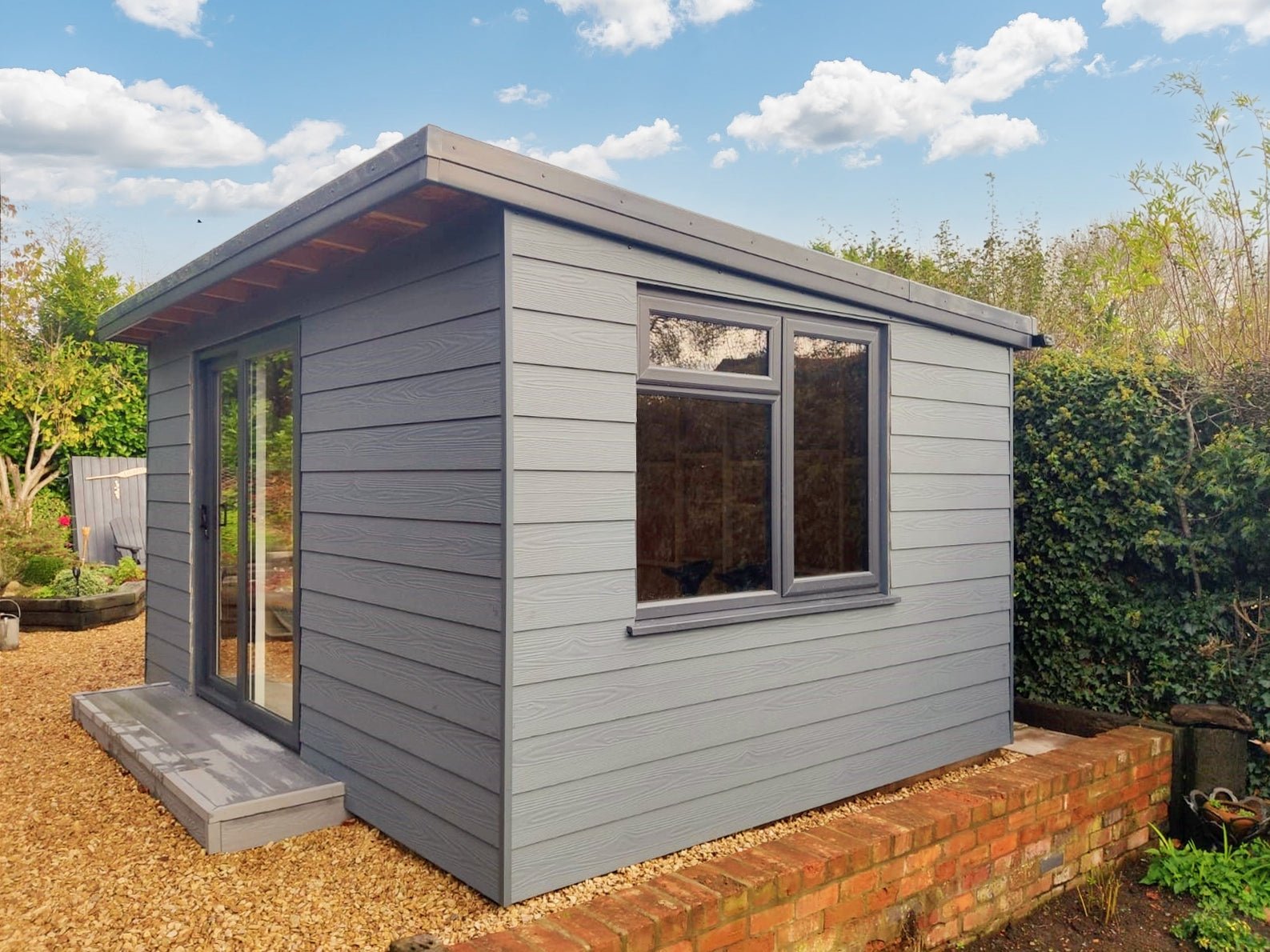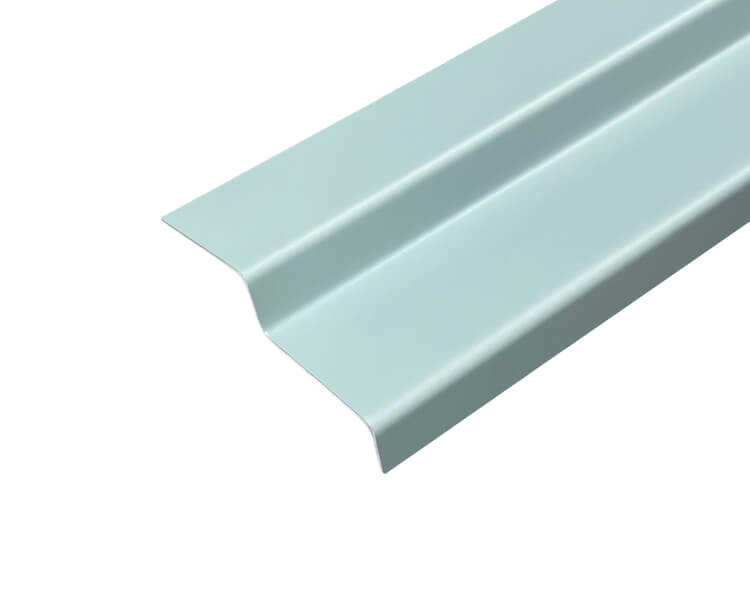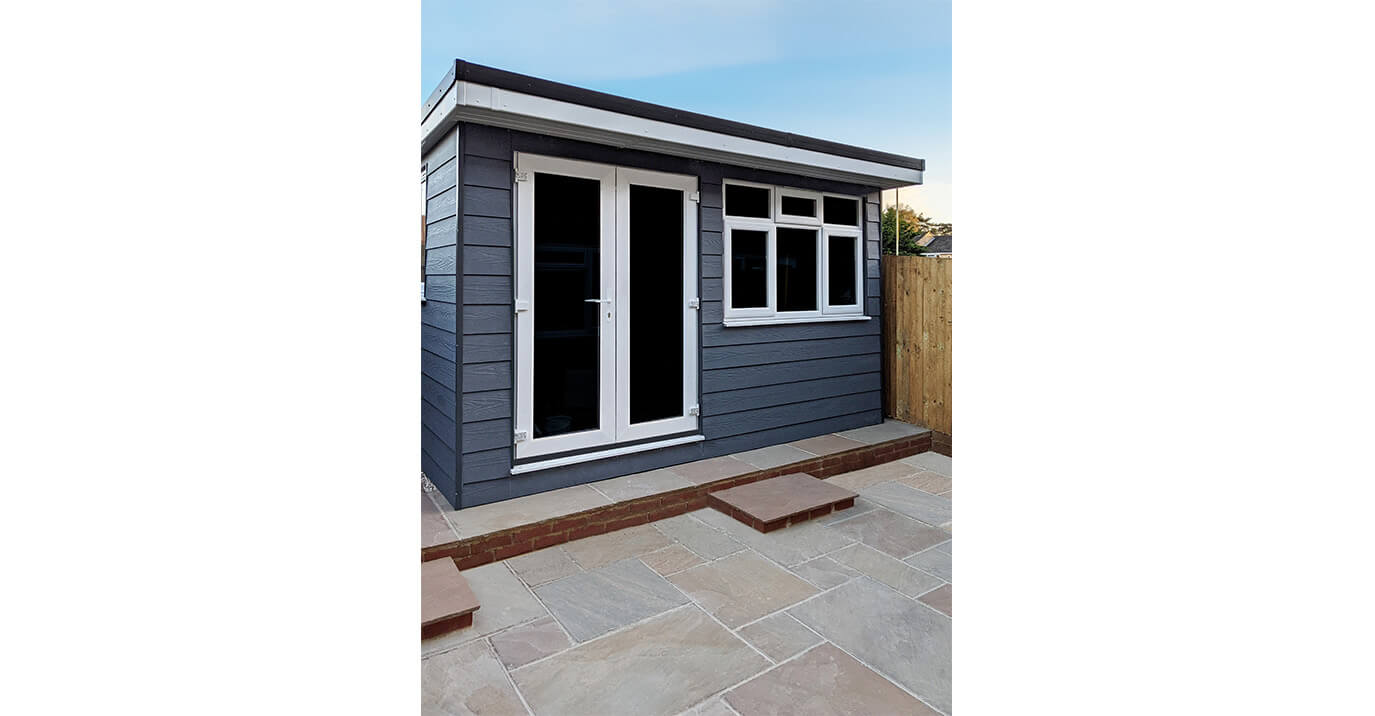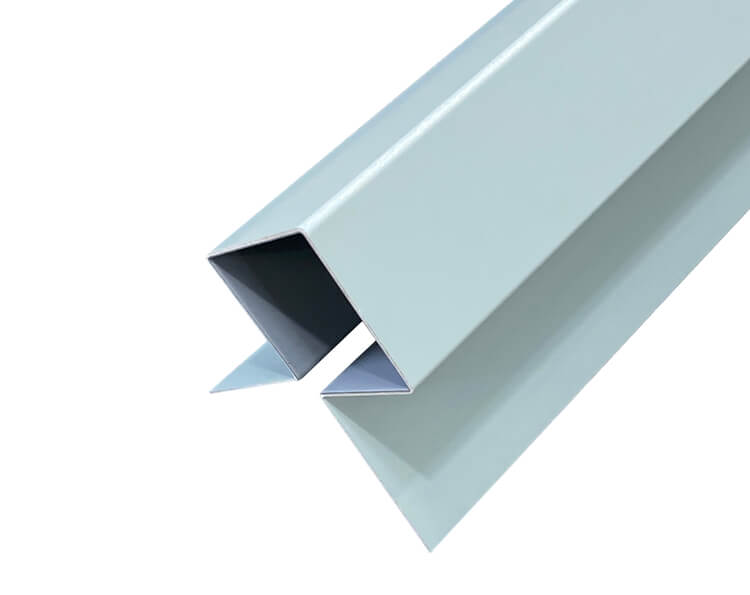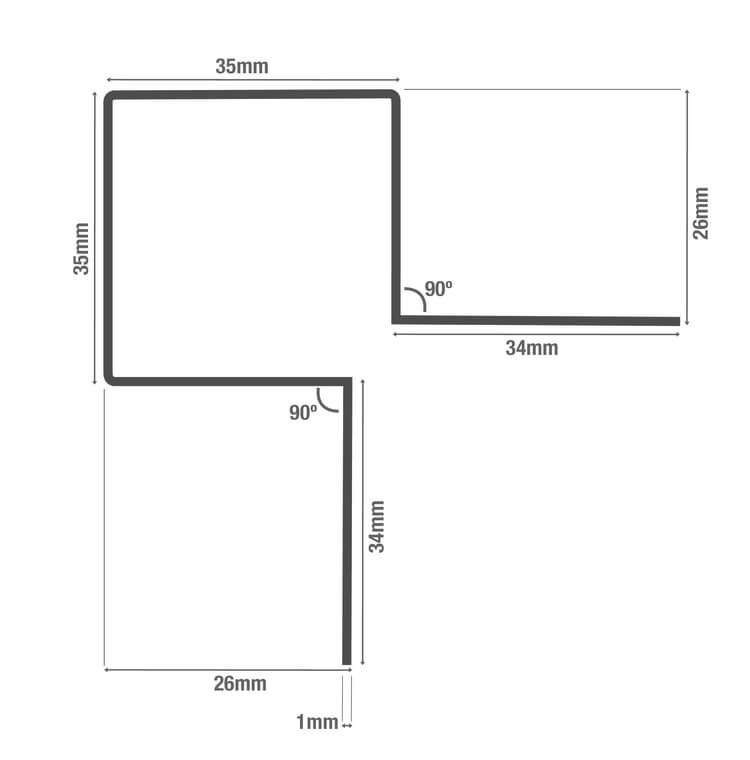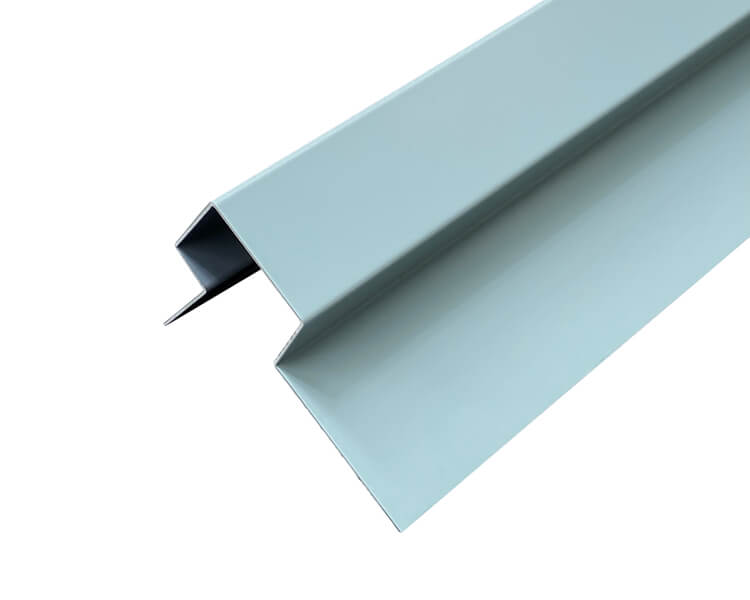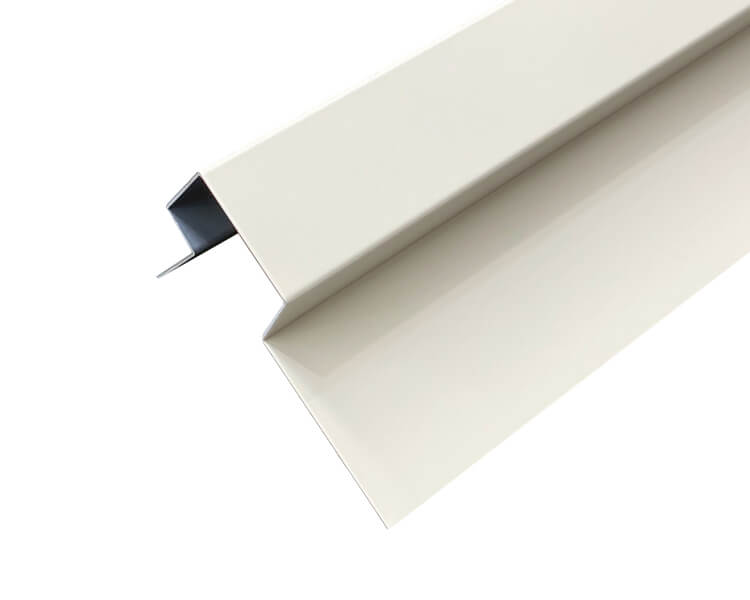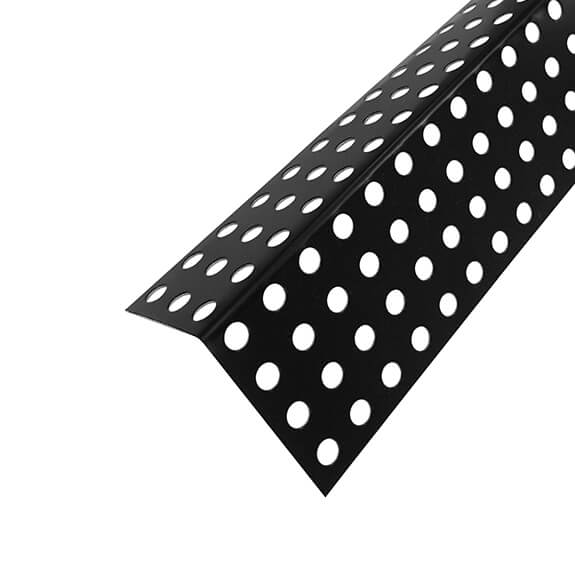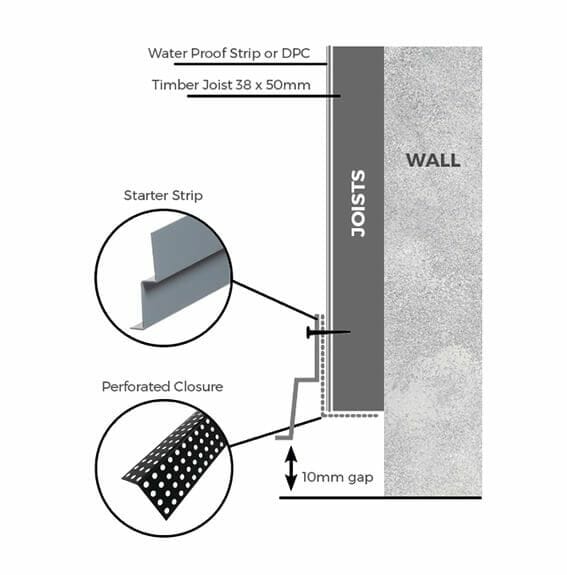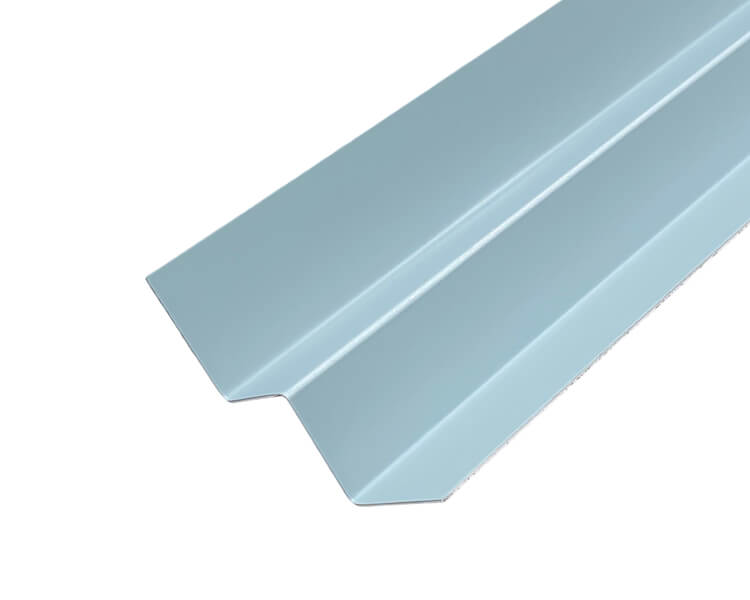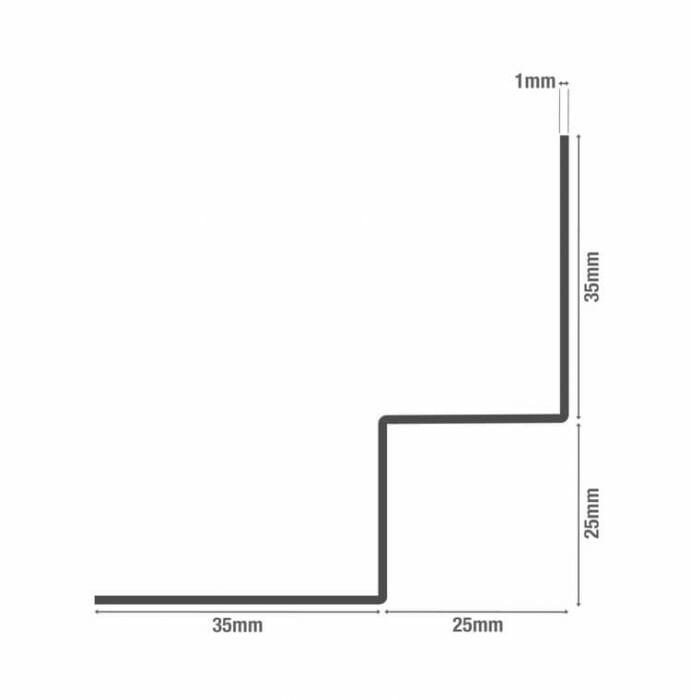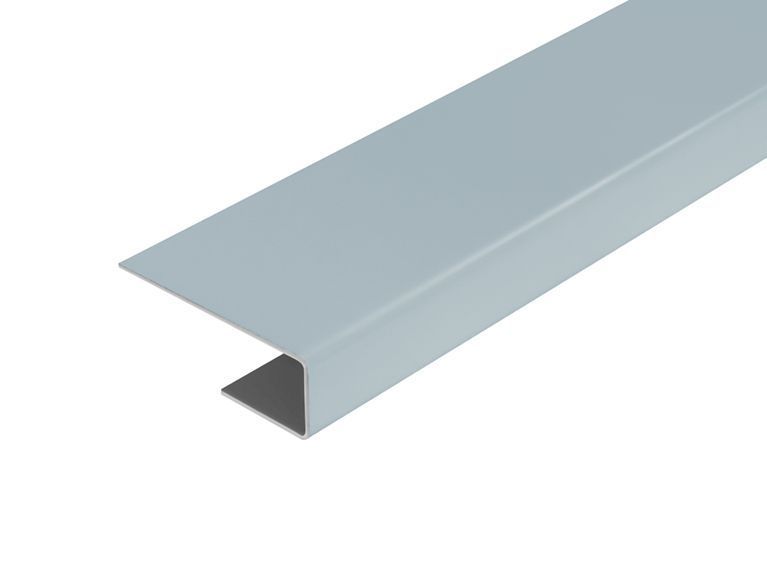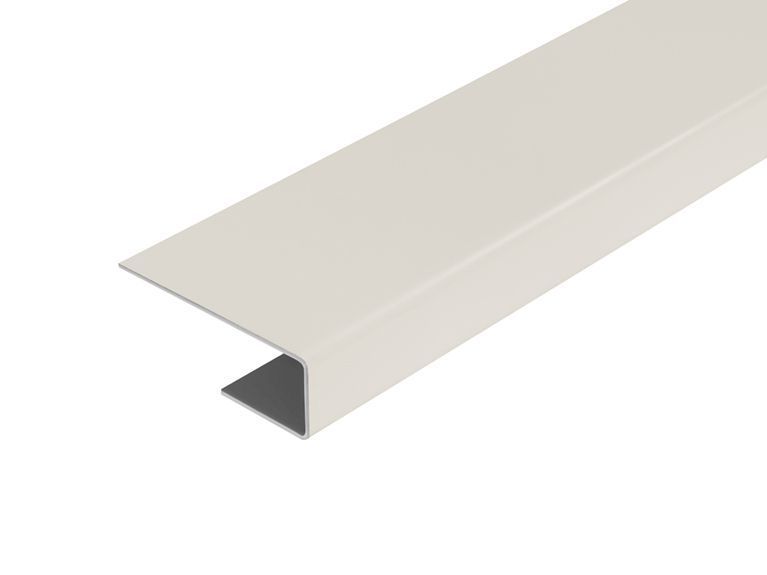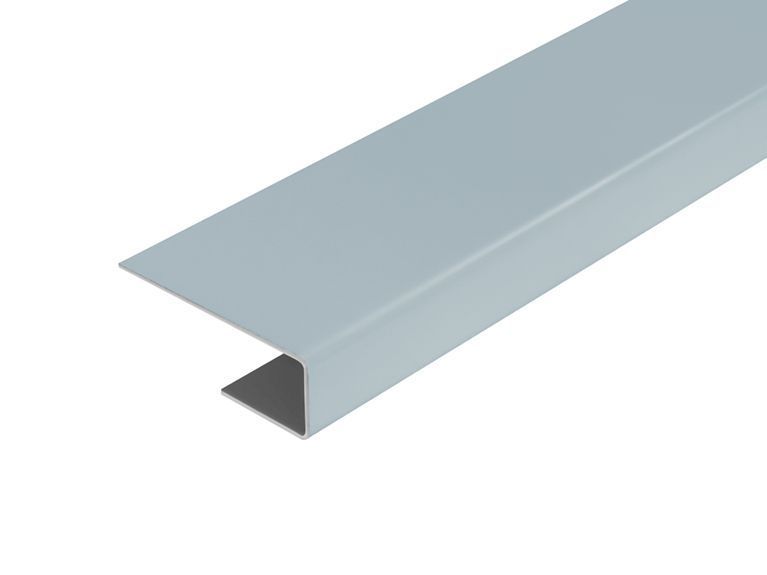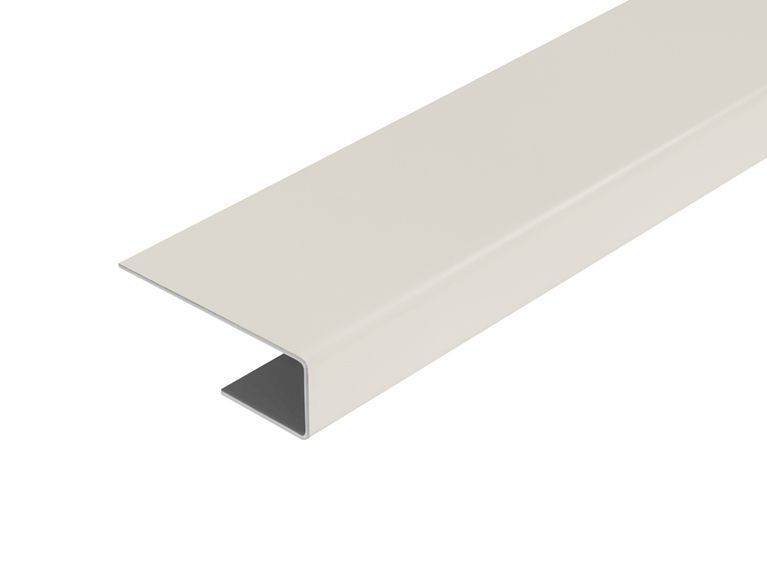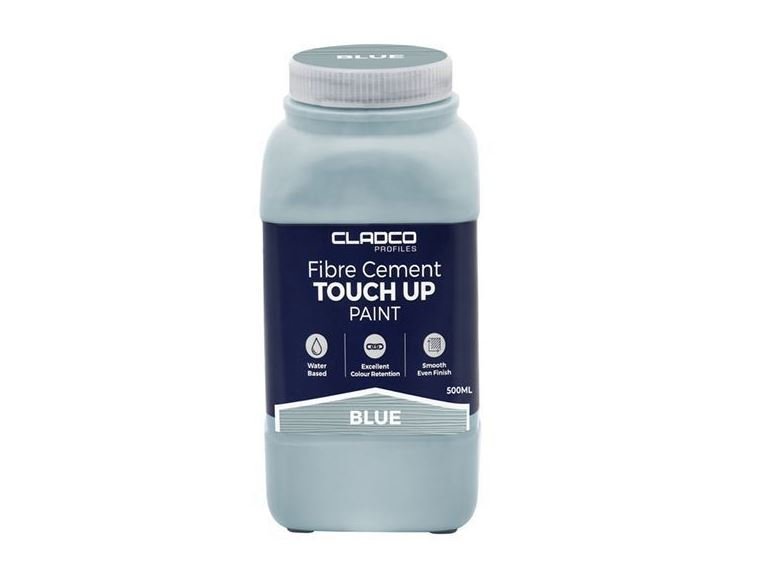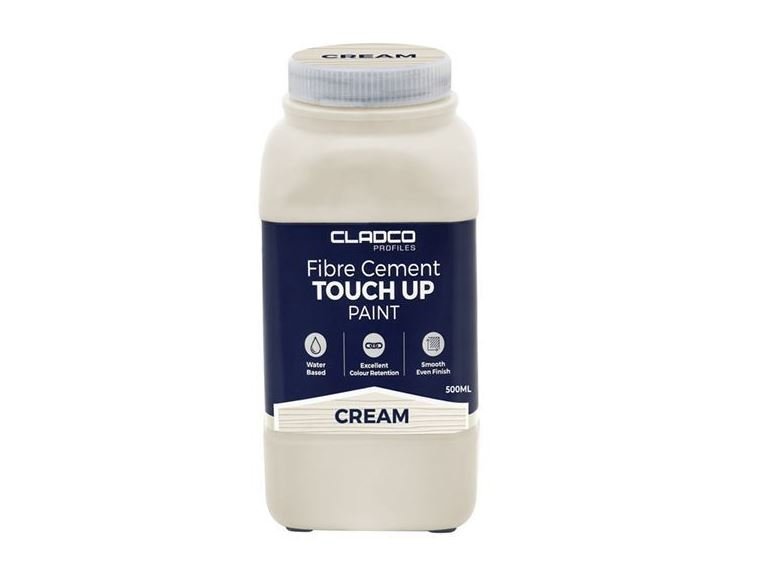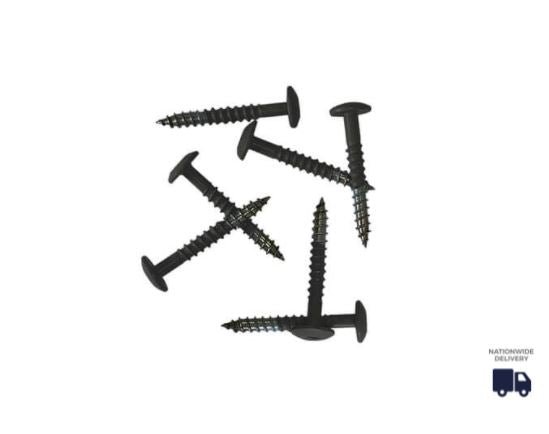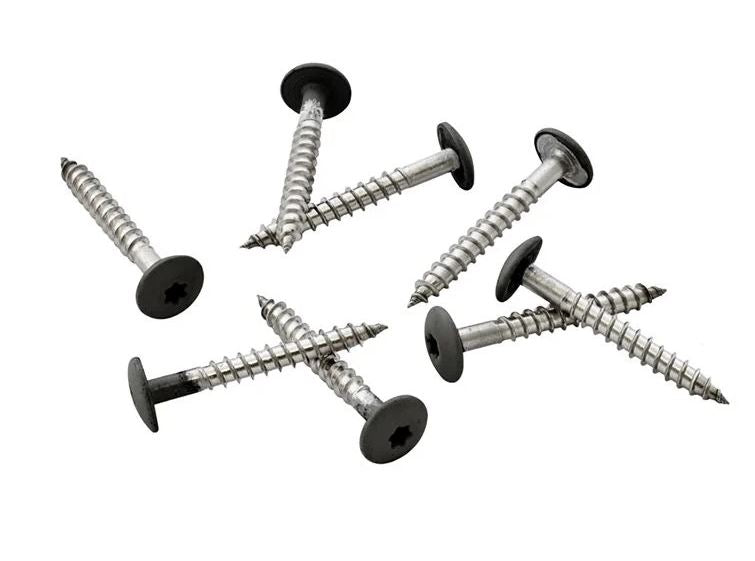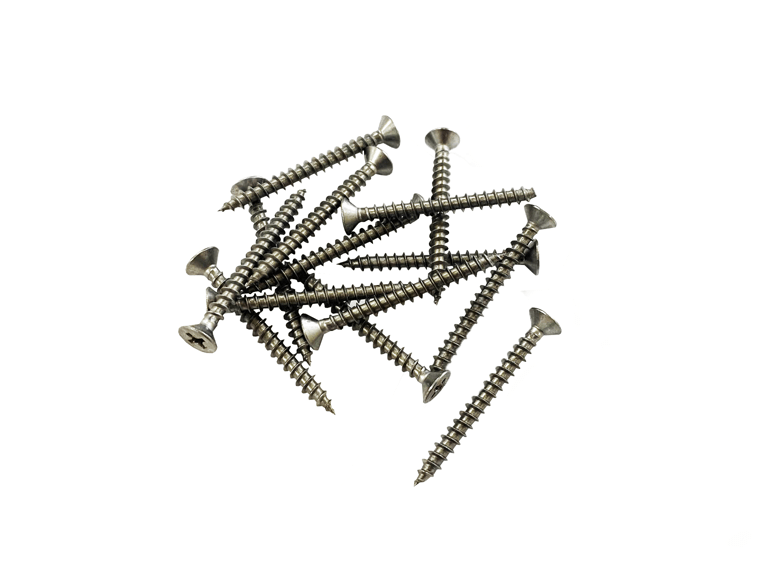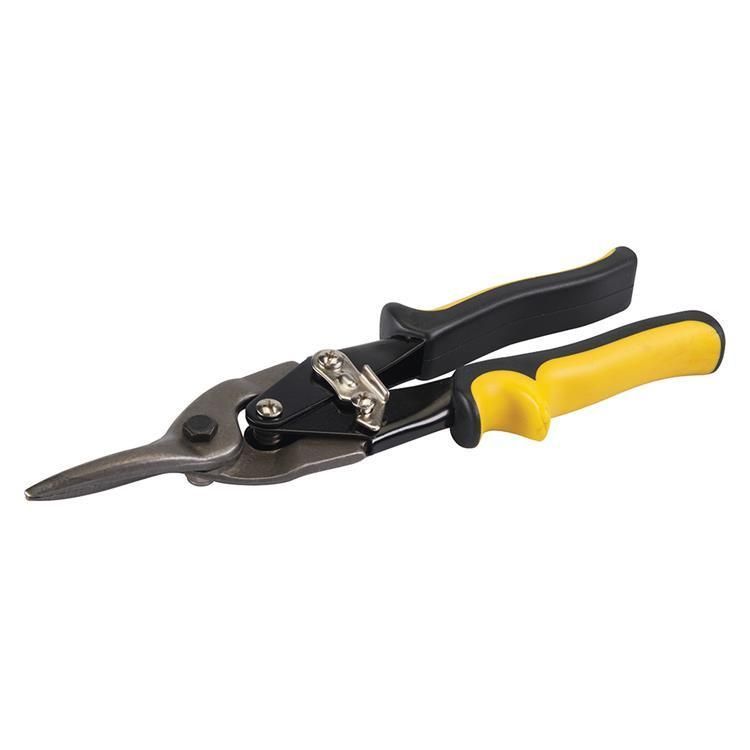In recent years, fibre cement cladding has gained significant traction in the construction industry. But is it the right choice for your project?
This comprehensive guide looks at the advantages and disadvantages of fibre cement cladding, compares it with alternative materials, and offers expert insights to help you make an informed decision.
Advantages of Fibre Cement Cladding
Fibre cement cladding is often chosen for its exceptional durability, making it an ideal solution for buildings exposed to extreme weather conditions.
Unlike traditional materials like timber, which can warp, crack, or rot over time, fibre cement is designed to withstand years of exposure without compromising structural integrity.
How Fibre Cement Stands Up to the Elements
Heavy Rain & Moisture Resistance
- Unlike wood, which absorbs moisture and expands, fibre cement is water-resistant and does not swell, shrink, or rot when exposed to prolonged rainfall.
- This makes it an excellent choice for coastal properties where humidity levels are high and salt-laden air can accelerate material decay.
- Fibre cement is also resistant to mould and mildew growth, preventing unsightly stains and structural weaknesses over time.
Wind and Impact Resistance
- Fibre cement panels are highly impact-resistant, capable of withstanding strong winds, debris, and hail without denting or cracking.
- Unlike vinyl cladding, which can become brittle and break in cold temperatures, fibre cement remains structurally stable across all seasons.
- This makes it a popular choice for homes in storm-prone regions, where high winds and flying debris pose a risk to exterior cladding.
UV and Heat Resistance
- In areas with intense sunlight, some cladding materials, such as timber or PVC, can fade, crack, or become brittle
- Fibre cement cladding is UV-resistant, meaning it retains its colour and integrity even after years of sun exposure.
- It also has a low thermal expansion rate, preventing buckling or warping due to fluctuating temperatures.
Pest and Termite Resistance
- Unlike wood, which is highly susceptible to termite infestations, fibre cement offers zero organic material for pests to feed on.
- This makes it a particularly good choice for properties in woodland or rural areas like Cornwall where insect damage can sometimes be an issue.
With a lifespan of 40 to 50 years when properly installed and maintained, fibre cement cladding offers one of the longest-lasting solutions available in modern construction.

Granite fibre cement cladding supplied by Trade Warehouse. Here, our customer also purchased the copper brown tile effect metal roofing sheets.
Fire Resistance: A Safer Choice
One of the most important safety benefits of fibre cement cladding is its fire-resistant properties.
Unlike timber, vinyl, or composite materials, fibre cement is classified as non-combustible, meaning it does not ignite, burn, or contribute to the spread of flames.
This makes it a preferred option in bushfire-prone areas, as well as for commercial buildings and high-rise developments where fire safety regulations are stringent.
How Fibre Cement Compares to Other Materials in Fire Safety:
| Material | Fire Resistance | Key Considerations |
|---|---|---|
| Fibre Cement | Non-combustible (A1-rated) | Will not burn, melt, or contribute to fire spread. |
| Timber Cladding | Flammable | Needs chemical treatment for fire resistance. |
| Vinyl Cladding | Can melt and warp | Emits toxic fumes when exposed to high heat. |
| Brick Cladding | Excellent fire resistance | Heavier and more expensive than fibre cement. Also costly to deliver. |
Additionally, fibre cement cladding is commonly used in fire-rated wall assemblies, ensuring compliance with UK building regulations.
For those looking for added structural reinforcement, cement board cladding can be used alongside fire-resistant insulation for optimal protection.

The Cream fibre cement cladding on a garage. Materials supplied by Trade Warehouse.
Aesthetic Versatility: The Best of Both Worlds
Fibre cement isn’t just about performance—it also delivers in style.
One of its biggest advantages is its ability to mimic premium materials like wood, stone, or brick while retaining its strength and durability.
- Available in a wide range of colours, textures, and finishes, fibre cement allows homeowners and architects to achieve diverse aesthetics without compromising on longevity.
- It can be painted or stained to match existing architectural elements, making it easy to integrate into both traditional and modern designs. Consider going with the unpainted option to save on cost:

- Fibre cement cladding lets you achieve high-end architectural finishes without the hassle of constant upkeep—whether it’s the clean lines of a modern minimalist home or the rich, textured look of natural wood, minus the risk of warping, rot, or termites.
Fibre Cement vs. Other Cladding Options
| Material | Appearance | Customisation |
|---|---|---|
| Fibre Cement | Mimics wood, stone, or concrete | Can be painted, stained, or pre-coloured |
| Timber Cladding | Warm, natural aesthetic | Can be stained or painted, but needs regular upkeep |
| Vinyl Cladding | Plastic-like, limited styles | Available in various colours, but less authentic-looking |
| Brick Cladding | Classic and timeless | Cannot be easily modified once installed |
For those looking for coordinated exterior solutions, composite decking can also complement fibre cement cladding to create a cohesive outdoor aesthetic. We've got a huge range of colours and can deliver with the fibre cement boards.
When selecting cladding, it's beneficial to compare fibre cement with other popular options:
-
Timber Cladding
- Pros: Natural appearance, renewable resource, good insulator.
-
Cons: Susceptible to rot, requires regular maintenance, less fire-resistant.
-
Vinyl Cladding
- Pros: Cost-effective, low maintenance, easy to install.
-
Cons: Less durable, can fade over time, not fire-resistant.
-
Brick Cladding
- Pros: Excellent durability, superior fire resistance, low maintenance.
- Cons: Higher cost, limited design flexibility, heavier structure.
Each material has its strengths and weaknesses.
Applications of Fibre Cement Cladding
Fibre cement can certainly be used in various applications:
- Exterior Facades: Provides a durable and attractive finish for residential and commercial buildings.
- Interior Feature Walls: Adds texture and interest to interior spaces.
- Soffits and Eaves: Offers protection and a clean finish to roof overhangs.
For those interested in exploring different cladding options, including composite materials, Trade Warehouse's composite cladding collection offers a range of alternatives that combine durability with aesthetic appeal.
Conclusion: Is Fibre Cement Cladding Right for You?
Fibre cement cladding has proven itself as one of the most versatile and durable materials in modern construction. Whether you're designing a new-build home, renovating an existing property, or working on a commercial project, fibre cement offers a perfect blend of aesthetics, strength, and longevity.
Who Should Choose Fibre Cement Cladding?
✔ If you want a long-lasting investment – Fibre cement can last 40-50 years with minimal upkeep, outperforming many traditional cladding materials.
✔ If you need weatherproof protection – Withstanding rain, wind, UV exposure, and frost, it is an excellent choice for homes in coastal, urban, and high-exposure areas.
✔ If fire safety is a priority – Its A1-rated, non-combustible nature makes it ideal for homes and buildings in bushfire-prone or high-density urban areas.
✔ If you want a stylish facade – Available in a variety of colours like black and slate grey, it can easily replicate the look of wood, stone, or even render, without the drawbacks of natural materials.
✔ If you prefer a low-maintenance solution – Unlike timber or metal cladding, fibre cement requires minimal upkeep, needing only the occasional clean and repaint every 15 years or more.
When Fibre Cement Might Not Be the Best Choice
❌ If you're on a very tight budget – Fibre cement costs more upfront than vinyl or softwood cladding. However, it is significantly more durable and cost-effective in the long run, so keep that in mind!
❌ If you're looking for a really lightweight cladding option – It is heavier than timber and vinyl, which means more structural support is needed. However, this also makes it stronger and more impact-resistant.
❌ If you prefer natural materials – While fibre cement can mimic timber, stone, or render, some homeowners may still prefer the authenticity of real materials. We can send you a free sample before ordering if you're unsure.
Final Verdict: Why Fibre Cement Cladding is Often a Smart Choice
When comparing factors such as longevity, fire resistance and weatherproofing, fibre cement usually always outperforms traditional materials. It strikes the perfect balance between strength and style, making it an excellent long-term investment for homeowners, developers, and commercial property owners.
Still unsure if fibre cement is the best option for your project? Contact our team for expert advice and personalised recommendations.
We’re here to help you find the best cladding solution for your needs! 🚀

The Sage Green colour can also look very nice when paired with the right colours. See how our customer transformed the front of their property with these cement boards.
